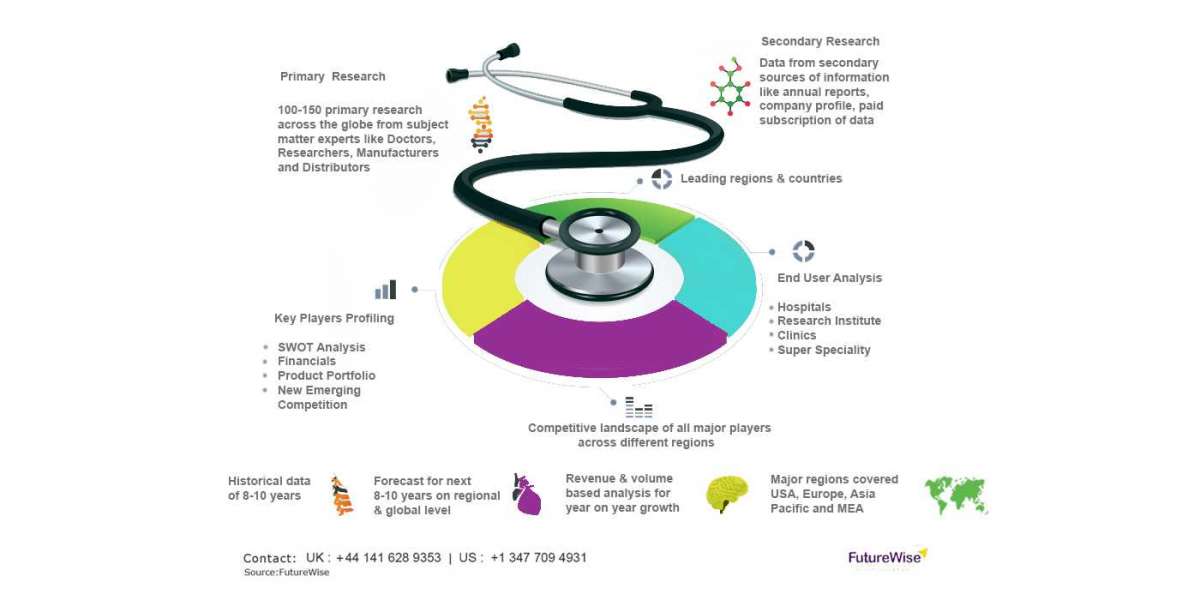Understanding the Difference Between Claim Denials and Claim Underpayments
In medical billing, it is crucial to differentiate between denied and underpaid insurance claims during the claim cycle. “Claim denial” is when an insurer or payer refuses to pay for a service or treatment, usually due to billing errors, missing documentation, or services not covered by the insurance policy. On the other hand, “underpayment” occurs when the payer reimburses the practitioner for less than the billed amount for a service or treatment, and many reasons can lead to it.
Common Reasons for Underpaid Insurance Claims
- Coding errors, unbundling bundled procedures, downcoding, fee schedules, and policy changes are some of the common challenges that practitioners face while billing insurance companies for their services.
- Medical coding is a complex and ever-changing field, requiring a focused expertise to stay on top of all the current codes and requirements. Even minor coding errors can lead to significant discrepancies in reimbursement rates, or worse, entire claims being rejected. For instance, omitting a required modifier, which provides additional information such as which side of the body was treated or examined, can result in a rejected claim.
- Some procedures are submitted with a bundled code, which means one code includes all the parts of the procedure. However, unbundling happens when practitioners are unaware of the bundle requirement and bill each step of a procedure separately. This practice may result in higher reimbursement rates on paper, but is likely to result in underpayment if the insurer denies the unbundled claims.
- Downcoding is another common issue where insurers reimburse the practitioner for a lower-level service than what was performed. This practice is common when the insurer thinks that the practitioner is using a code for a higher-level service than was necessary for the diagnosis.
- Insurance companies have different fee schedules that dictate the amount they will reimburse for a particular service. Practitioners may receive less than the billed amount if they bill according to the wrong fee schedule or the insurer has lowered the reimbursement rates.
Lastly, insurers may update their policies and reimbursement rates, resulting in lower compensation for practitioners.
Important Steps in Claim Denial Management
There are several steps that can be taken in the billing and claims management process to reduce denied claims.
- Regularly Review Fee Schedules:It is essential to keep up with changes in fee schedules and ensure that billing is done according to the correct fee schedule, as they can vary between insurers.
- Monitor Coding Accuracy:It is important to ensure that your medical coders possess the latest knowledge and experience in coding guidelines. Regularly reviewing all claims that have issues can help identify any coding errors early on and prevent future underpaid claims caused by the repeated uncorrected errors.
- Verify Insurance Coverage:It is important to verify a patient’s insurance coverage before providing any services. Some payers may require pre-authorization for a covered service, and payment may be refused if it is not obtained prior to treatment.
- Implement a Claims Tracking System:A claims tracking system is a useful tool for practitioners to keep track of the status of their claims and detect any underpaid ones. With a good tracking system in place, you can monitor the progress of your claim submissions, rejections, and payments, making it easier for you to identify any discrepancies and take action. It is essential for the system to include follow-ups on appeals.
- Stay Up-to-Date on Insurance Policies:It is important to regularly review policies to identify changes in reimbursement rates, coverage, and coding requirements. Practitioners should review the policies of each insurer they work with, as changes will vary between them.
- Use Automated Solutions: Automated solutions like billing software and electronic health records (EHRs) can assist healthcare providers in simplifying their billing processes and reducing the chances of underpaid claims. The more your system can automate coding and billing, the lower the risk of coding errors. It is much easier for software to keep track of the correct fee schedules and submission requirements than for a human to handle all the details.
- Continually Train Your Staff:It is important to keep your certified billers informed about changes in insurance coverage and billing practices. This will help to reduce the risk of underpaid claims. To ensure that your staff is knowledgeable and up-to-date, it is essential to provide them with regular updates on the latest codes, guidelines, and insurance policies. Read More...









